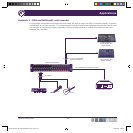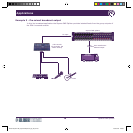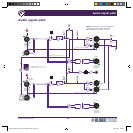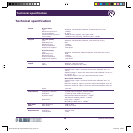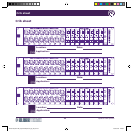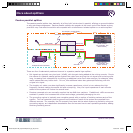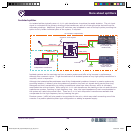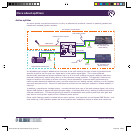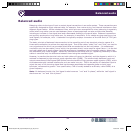
More about splitters
Square ONE Splitter 25
Isolated splitter
An isolated splitter typically uses a 1:1:1:1 ratio transformer to achieve the audio isolation. The mic input
signal is connected to the primary winding of the transformer, with all of the split points derived from the
secondary windings. Additional ‘ground lift’ switches may be added to each of the split points providing the
option to fully isolate individual parts of the system, if required.
Isolated systems are the next step up from a passive system and offer a big increase in performance,
although this comes at a price. To get the best out of an isolated system a very high quality transformer is
required, which is expensive.
Although the isolated splitter addresses one of the fundamental problems inherent in passive systems by
providing isolation, it doesn’t solve the problem of sensitive low level mic signals being carried over long
distances and their susceptibility to picking up additional noise from other sources, which is ultimately
amplified at the mixing console. When using a 1:1:1:1 ratio transformer the loading on the mic and the extra
capacitance remains, resulting in high frequency loss. Also, the input impedance of each console added to
the system will reduce the overall level. There are 3:1:1:1 ratio ‘step down’ transformers available that
compensate for the high frequency loss by lowering the gain.
Phantom power (+48V) will also need to be provided for the mics, which may entail connecting one of the
consoles in a passive parallel splitter-type configuration or adding a separate supply.
PA company responsibility
Independent broadcaster
Sensitive audio signals
Grounds
Local
Ground
Local
Ground
Stage box (isolated)
Outside
Broadcast
Local
Ground
ISOLATED
-40dB (0.01V)
-40dB (0.01V)
-40dB (0.01V)
-40dB (0.01V)
FOH console
(for example, the
Midas Verona)
MON console
(for example, the
Midas Siena)
DOC02-SQ1SPLITTER_Square ONE Splitter_Op_IssC.pdf 37 27/04/2010 17:00:44



